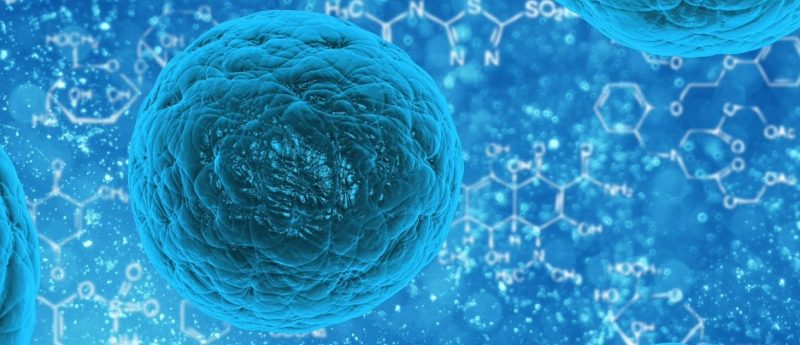Cell reprogramming roadblock understood 12 years after discovery of iPSCs

Shinya Yamanaka and Kazutoshi Takahashi (Gladstone Institutes) have discovered that MYC enables cells to be reprogrammed 10% more efficiently by overcoming a block that stops cells reprogramming.
12 years ago, Shinya Yamanaka and Kazutoshi Takahashi, Gladstone Institutes (CA, USA) identified four genes that enable cells to be induced into pluripotency, abbreviated to O, S, K and M. O, S and K were known to help cells become induced pluripotent stem cells (iPSCs) but the role of M was less clear. In a paper published in Cell Reports, Yamanaka and Takahashi have demonstrates that M, or MYC, helps cells overcome a roadblock that prevents cells from multiplying and reprogramming and occurs around 3 days of culture.
“We realized that MYC seems to help cells get around this roadblock, and that this needs to happen for adult cells to turn into iPSCs, but we still didn’t quite understand how MYC did that,” explained Takahashi, Staff Research Investigator (Gladstone Institutes). “Interestingly, we were able to figure it out thanks to three discoveries that happened independently in the lab, while people were working on different things.”
The first discovery enabled them to easily identify a cell’s reprogramming potential and pinpoint when the roadblock would occur. A second discovery demonstrated that substituting MYC for LIN41 had the same effect on cell reprogramming; LIN41 is known to block p21, a protein that causes the roadblock. Finally, the third finding was that in a particular cell line, derived from tumor cells, neither LIN41 nor MYC was needed for the cells to reprogram.
“When cancer biologists add certain factors to a cell that should drive it toward cancer, the cell panics and, to protect itself, it stops multiplying,” said Takahashi. “We think the same thing is happening here, because cells are reacting to reprogramming as if it were cancer. It’s not that they’re trying to block the cells from transforming into iPSCs, but they’ve simply never been exposed to this process before and don’t know how to react.”
“For a long time now, the entire field was collecting data on MYC, LIN41, and other genes and proteins without knowing what most of it meant,” said Yamanaka, who is also director of the Center for iPS Cell Research and Application at Kyoto University (Japan). “Our study finally allows us to clearly understand all the data and address questions about the roles and importance of many of these elements.”